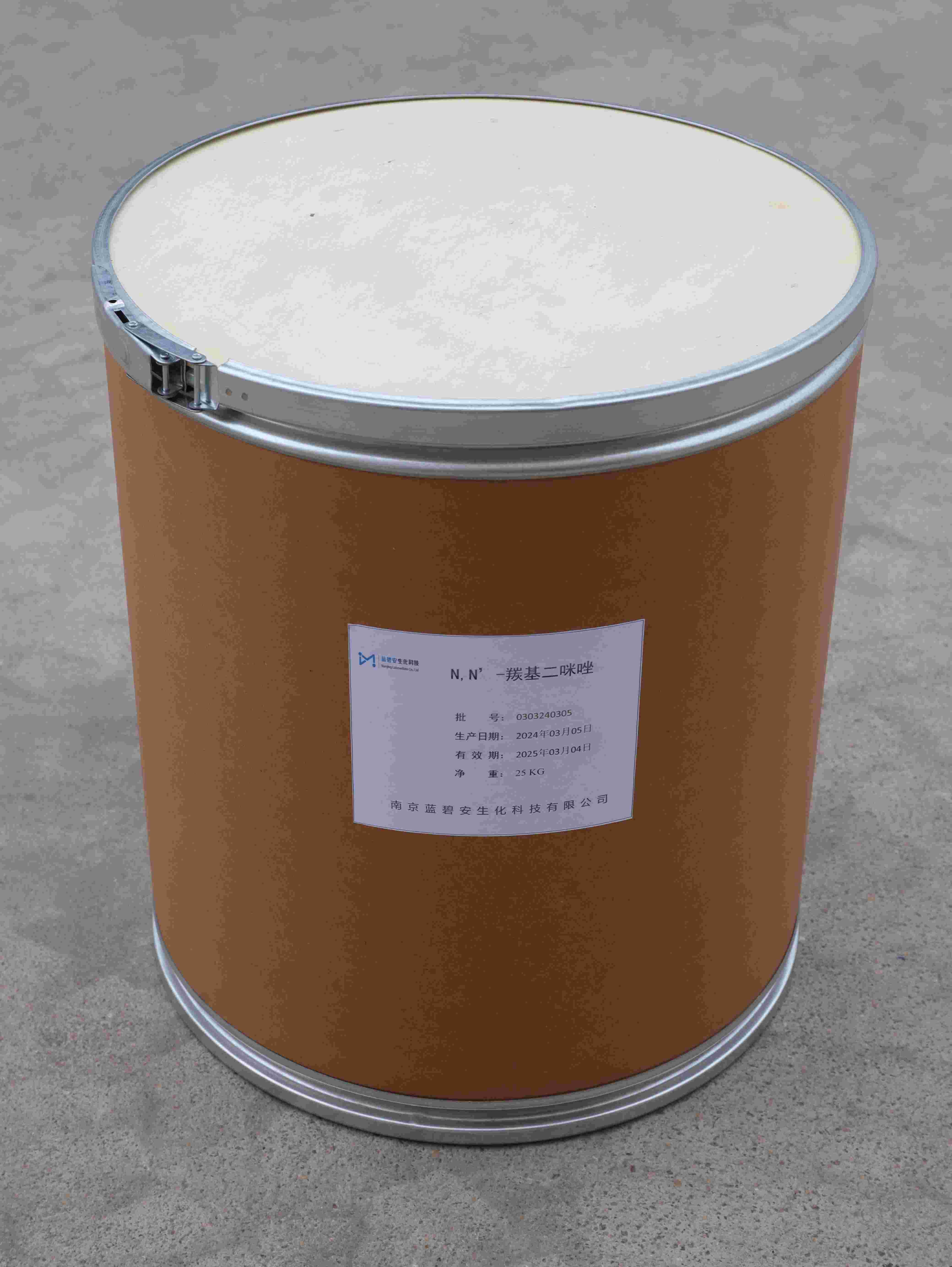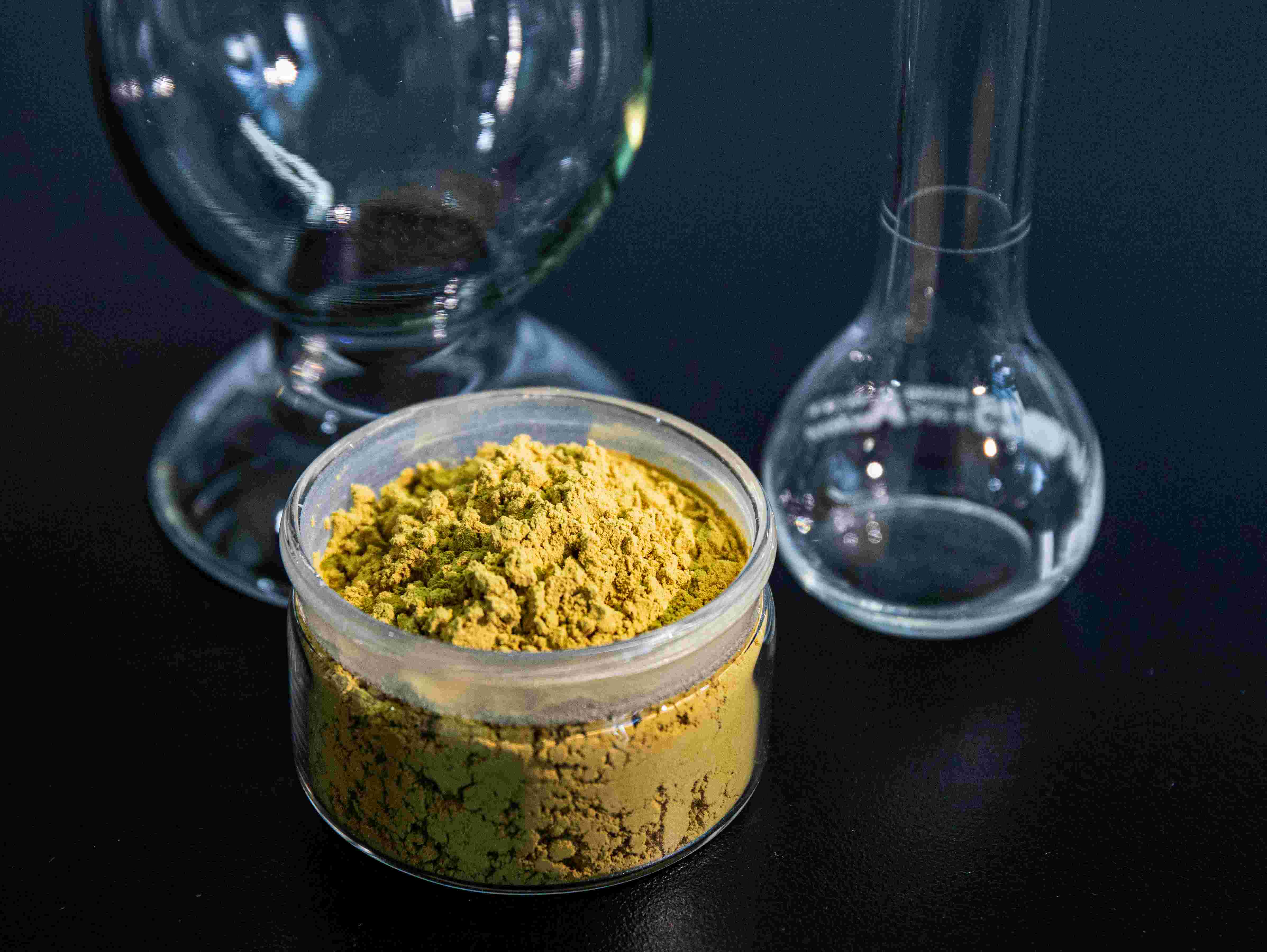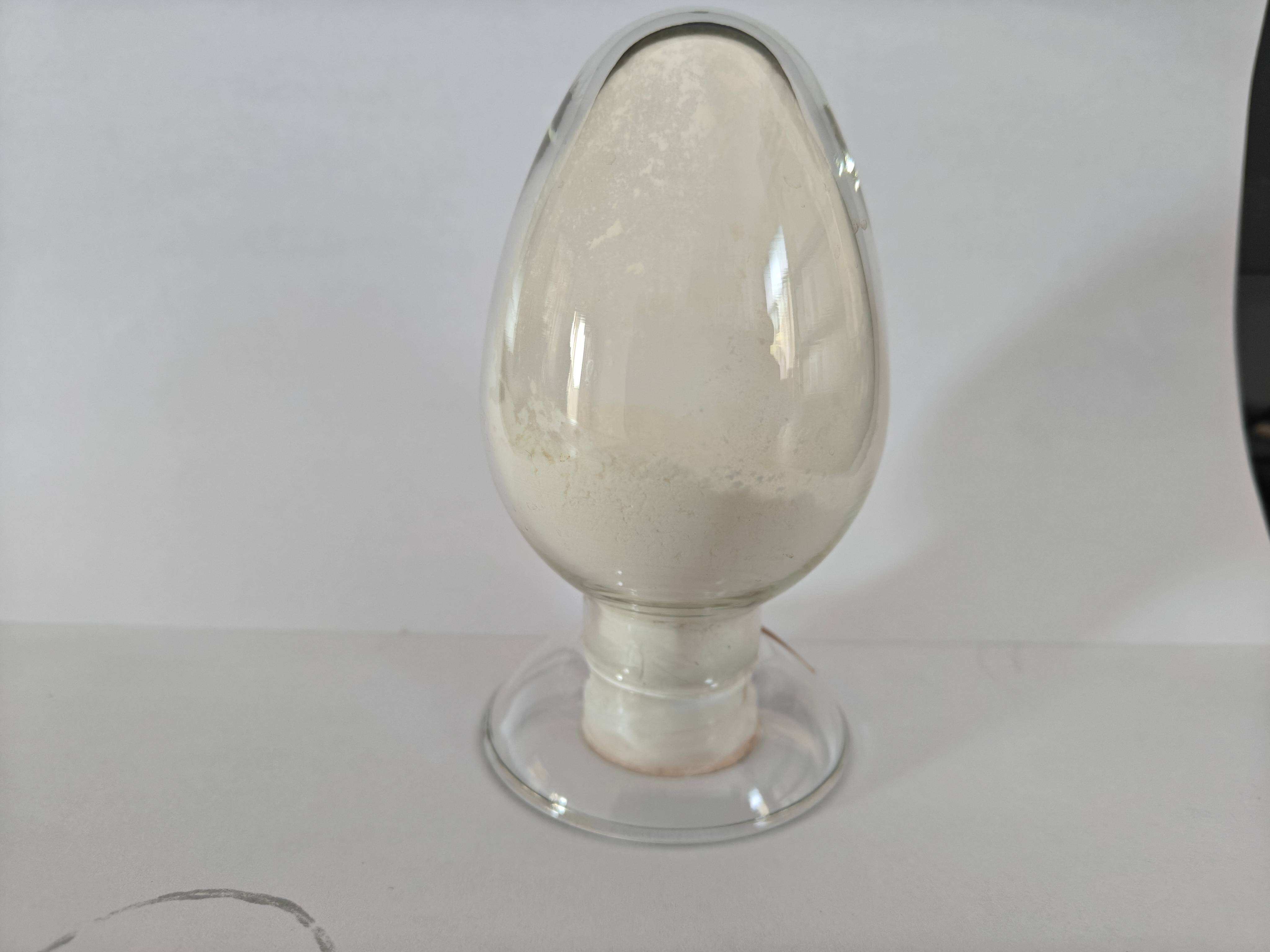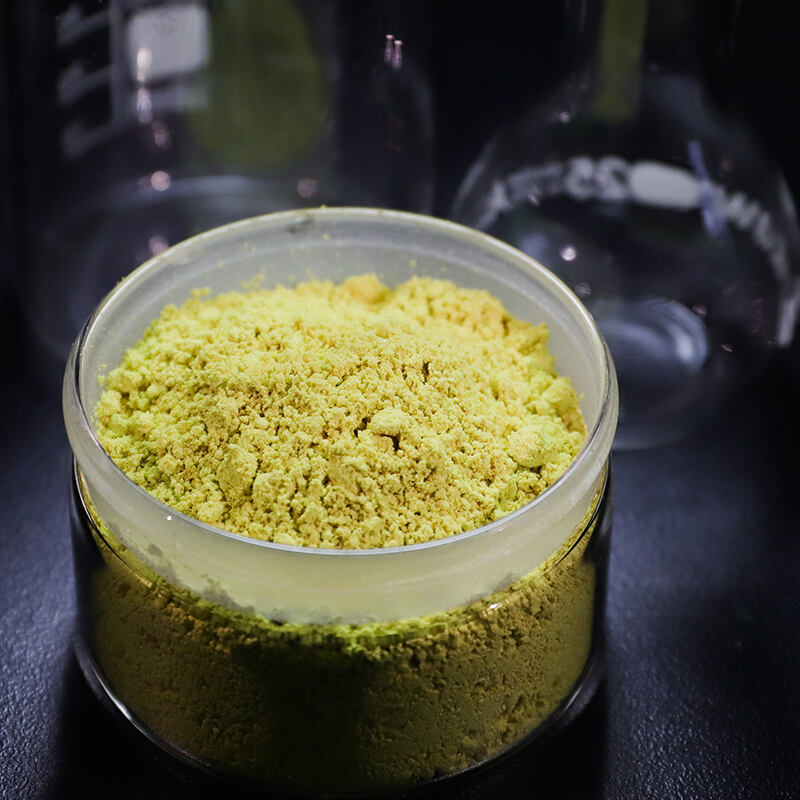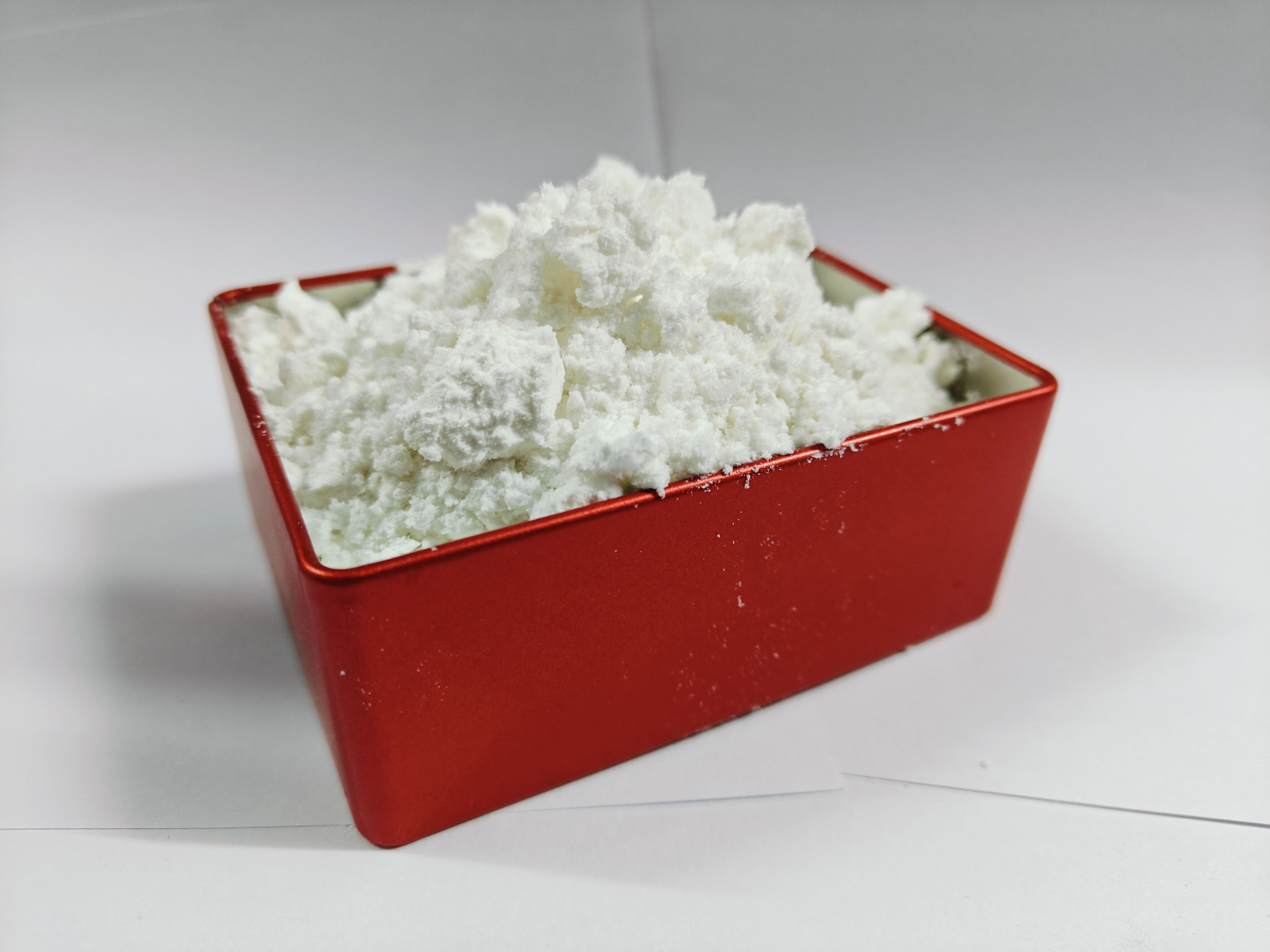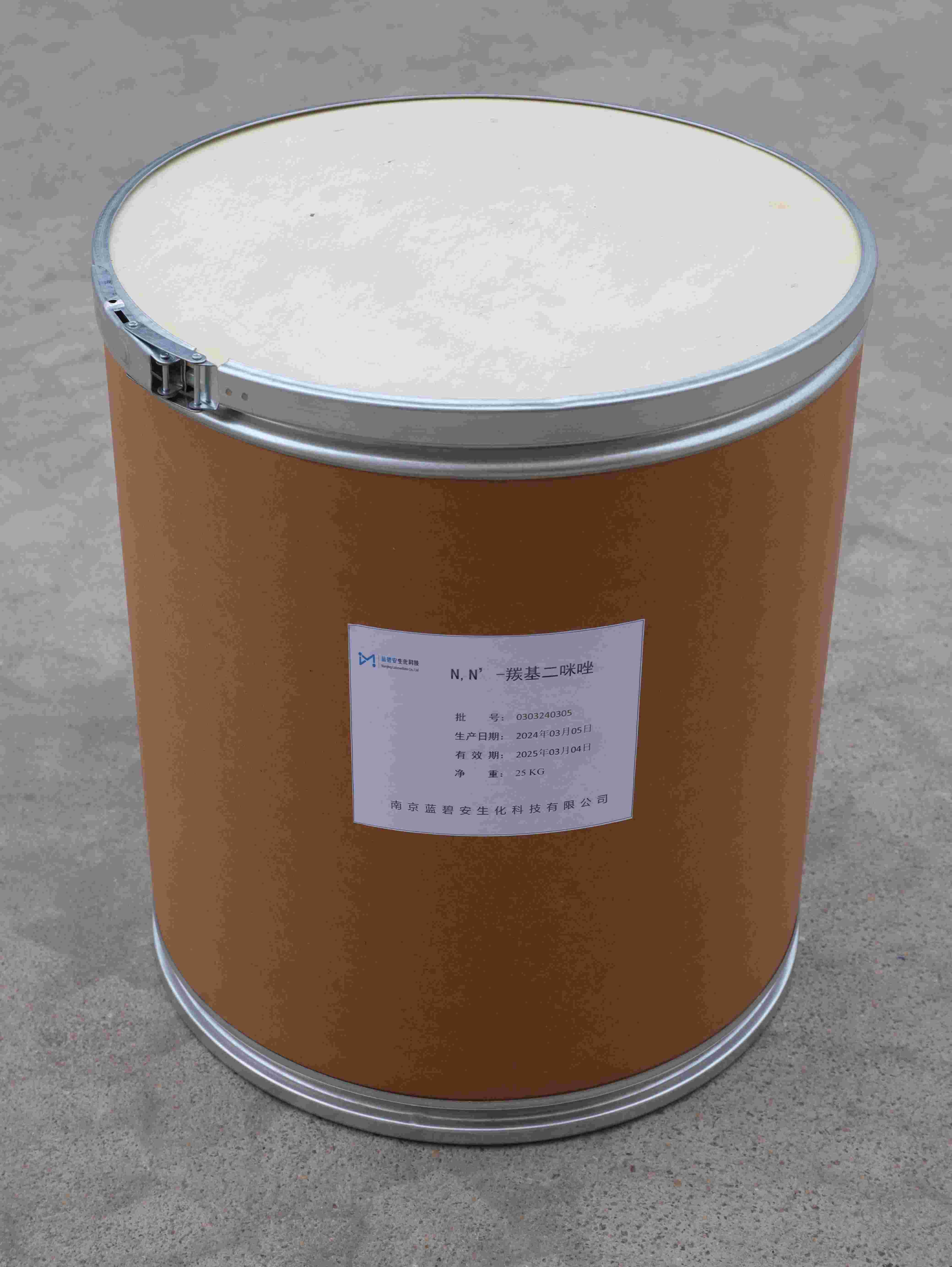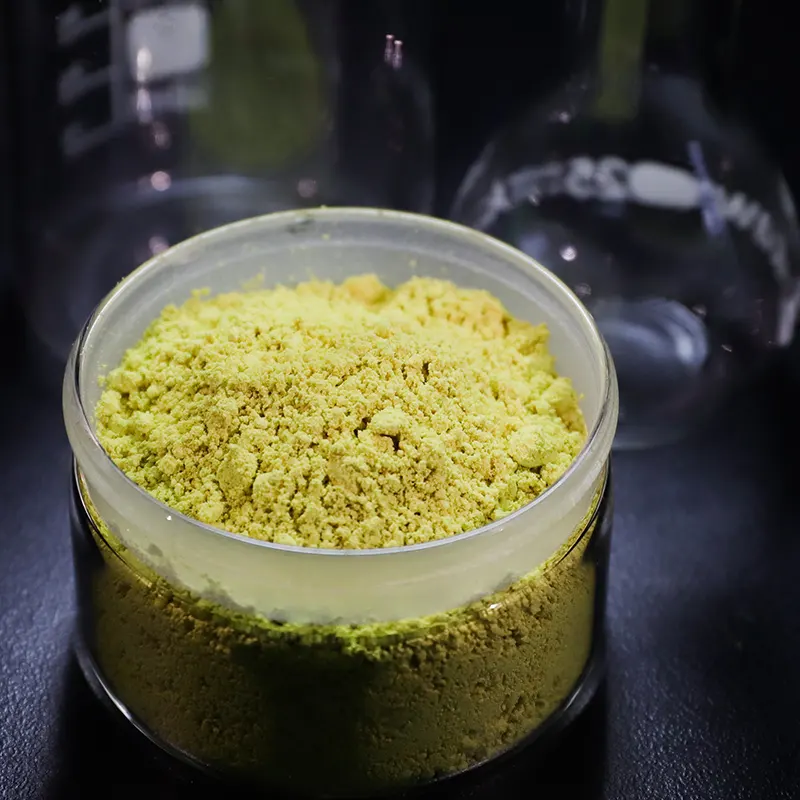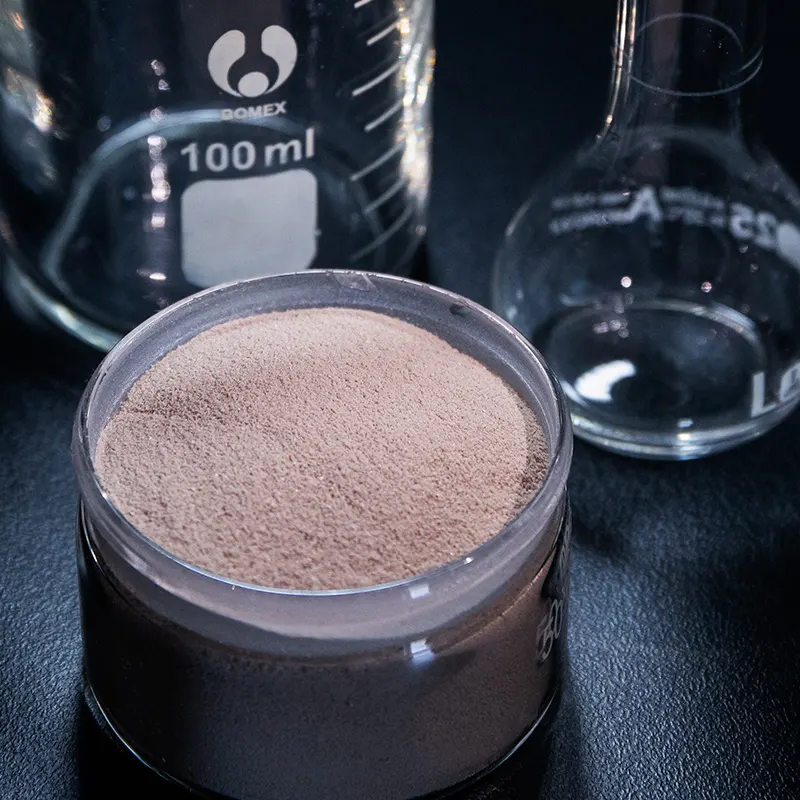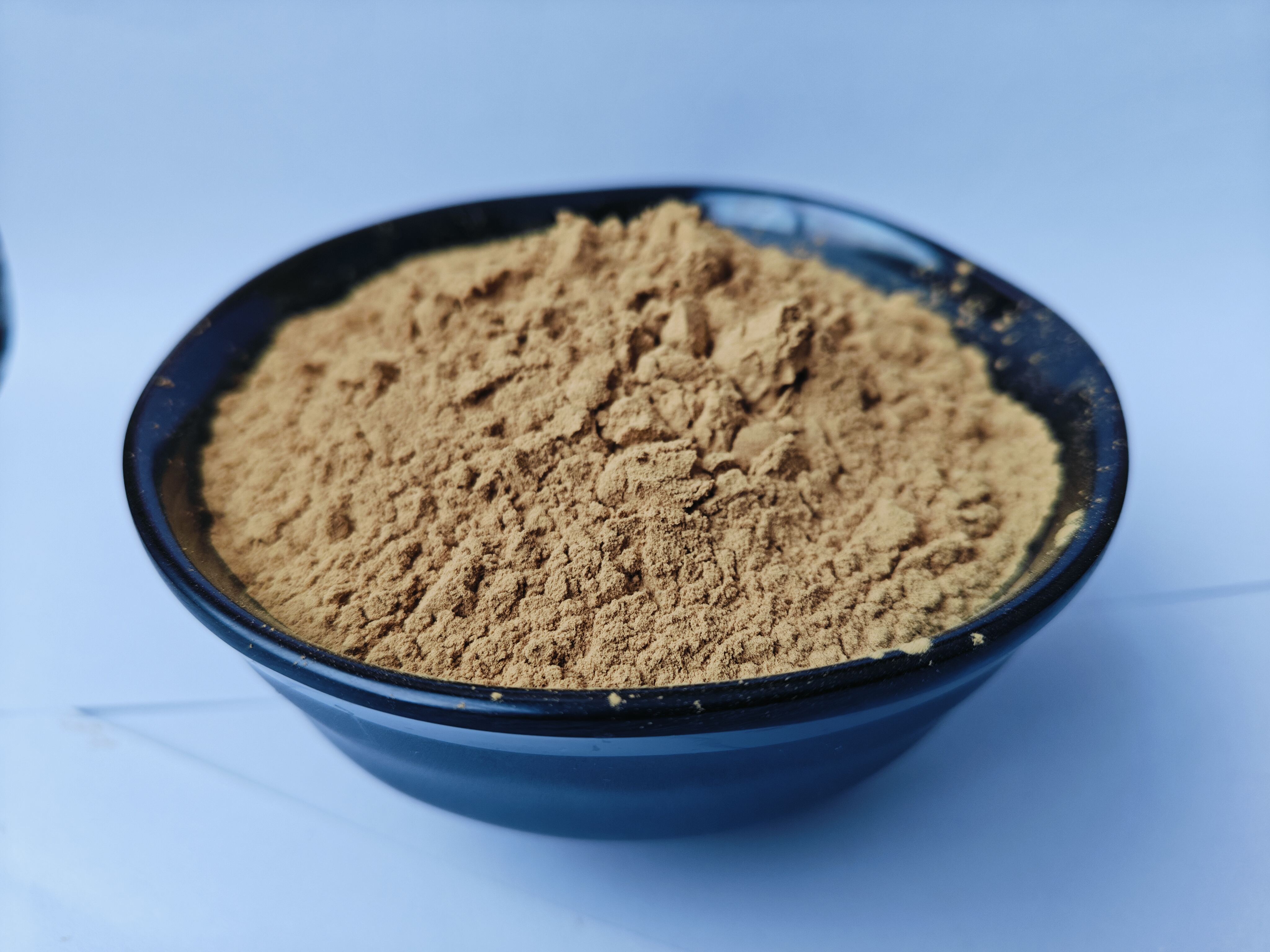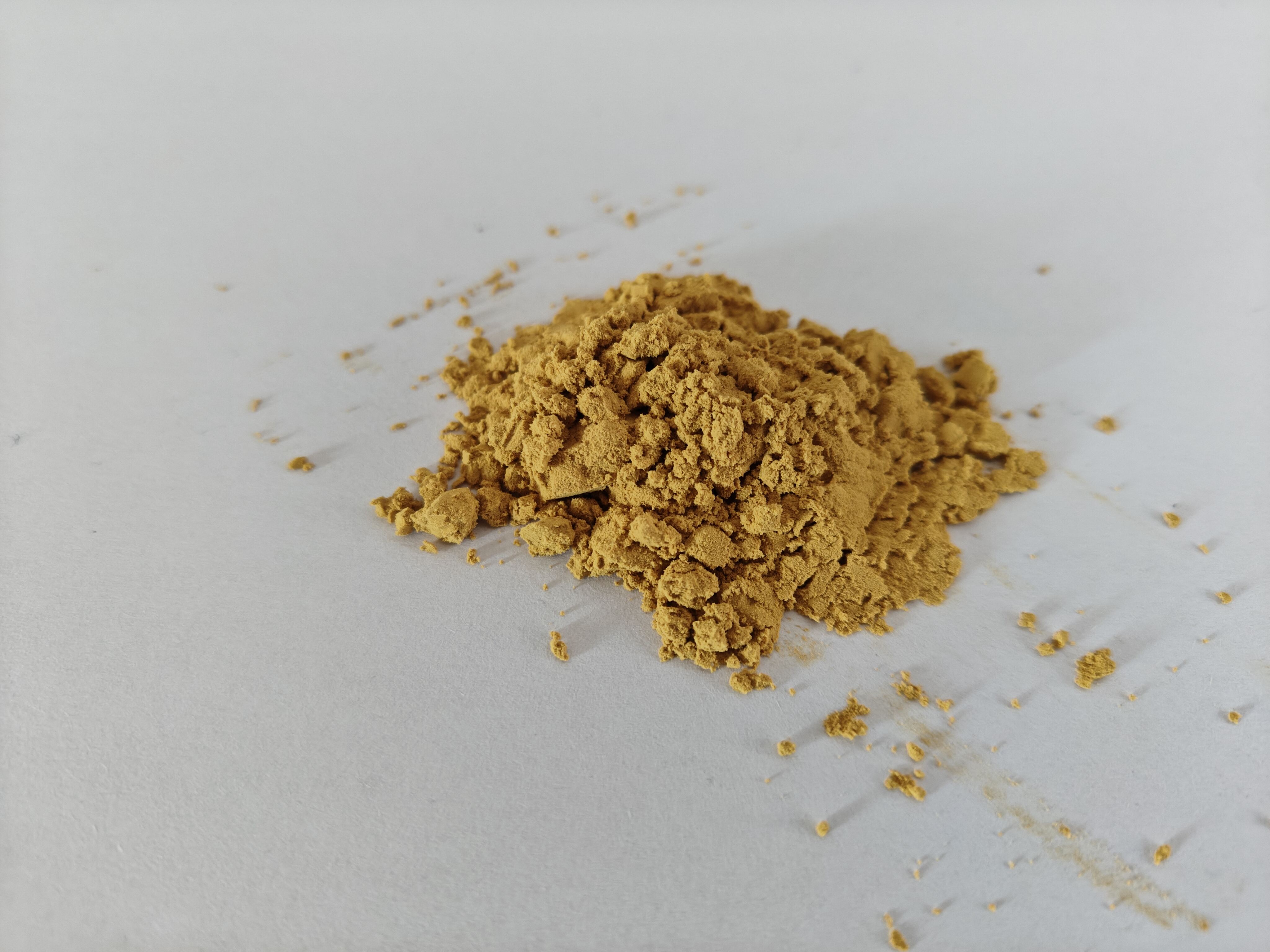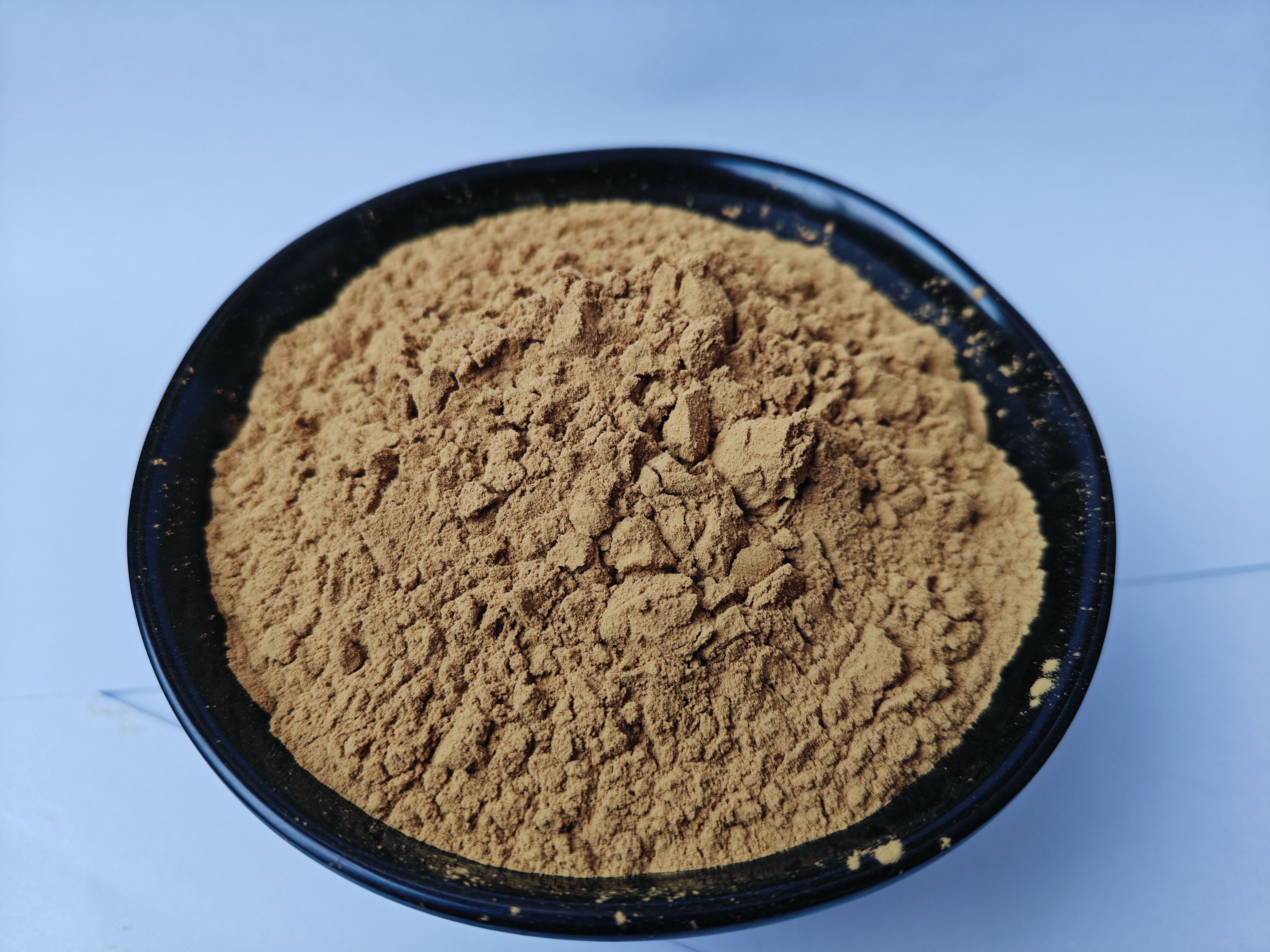types of curing agents for epoxy
Curing agents for epoxy are essential components that initiate and control the polymerization process, transforming liquid epoxy resins into durable, cross-linked structures. These agents come in several categories: amine-based curing agents, including aliphatic and aromatic amines, which offer excellent room-temperature curing properties, anhydride curing agents that provide superior heat and chemical resistance, and phenol-based agents known for their exceptional mechanical properties. Each type serves specific functions in the curing process, such as controlling reaction rates, determining pot life, and influencing final properties like heat resistance, chemical resistance, and mechanical strength. Modern curing agents incorporate advanced technologies like latent curing mechanisms, allowing for controlled reaction timing, and hybrid systems that combine multiple curing technologies for optimized performance. These agents find applications across various industries, from aerospace composites and electronic components to industrial flooring and protective coatings, offering tailored solutions for specific environmental conditions and performance requirements.

